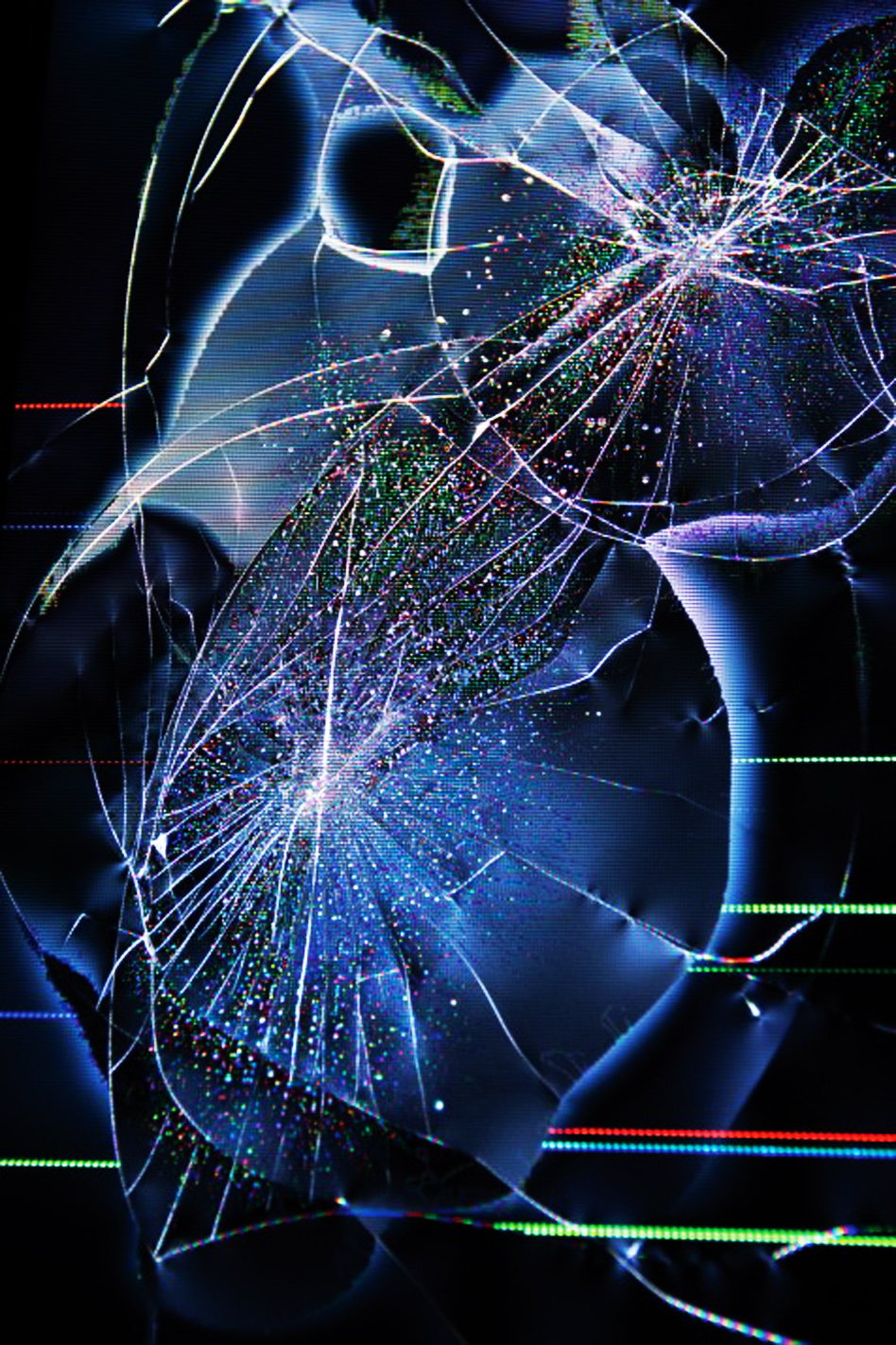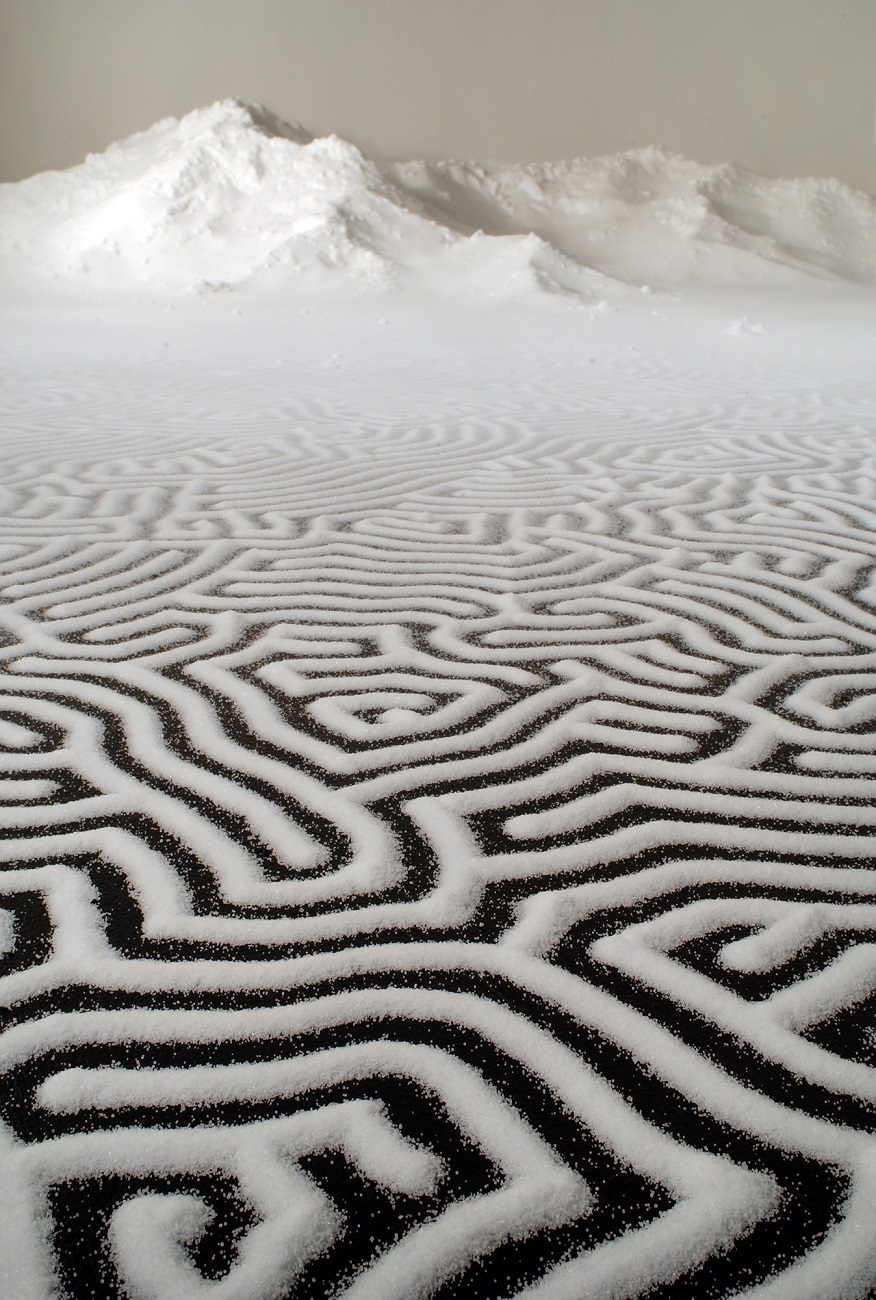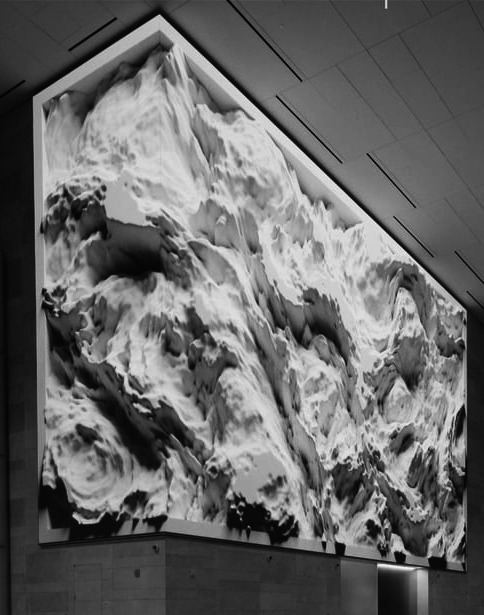
ScanLAB
Replica
We begin with a tour of a virtual 3D model of the London house-cum-museum built by 19th-century architect Sir John Soane. The journey traverses the five floors of the museum’s meticulously restored rooms, each filled with original and duplicate fragments of antiquity. Sir John Soane (1753-1837) was one of the foremost British architects of the Regency era, a Professor of Architecture at the Royal Academy, and a dedicated collector of paintings, sculpture, architectural fragments and models, books, drawings and furniture. Soane was awarded the Royal Academy’s prestigious Gold Medal for Architecture, as a result receiving a bursary (funded by King George III) to undertake a Grand Tour of Europe. His travels to the ruins of Ancient Rome, Paestum and Pompeii would inspire his lifelong interest in Classical art and architecture. As an enthusiastic collector, later in life he began to repurpose his home at Lincoln’s Inn Fields as a Museum for students of architecture. With a collection containing thousands of objects ranging from Ancient Egyptian antiquities and Roman sculpture to models of contemporary buildings, Soane’s house had become a Museum by the time of his death.









